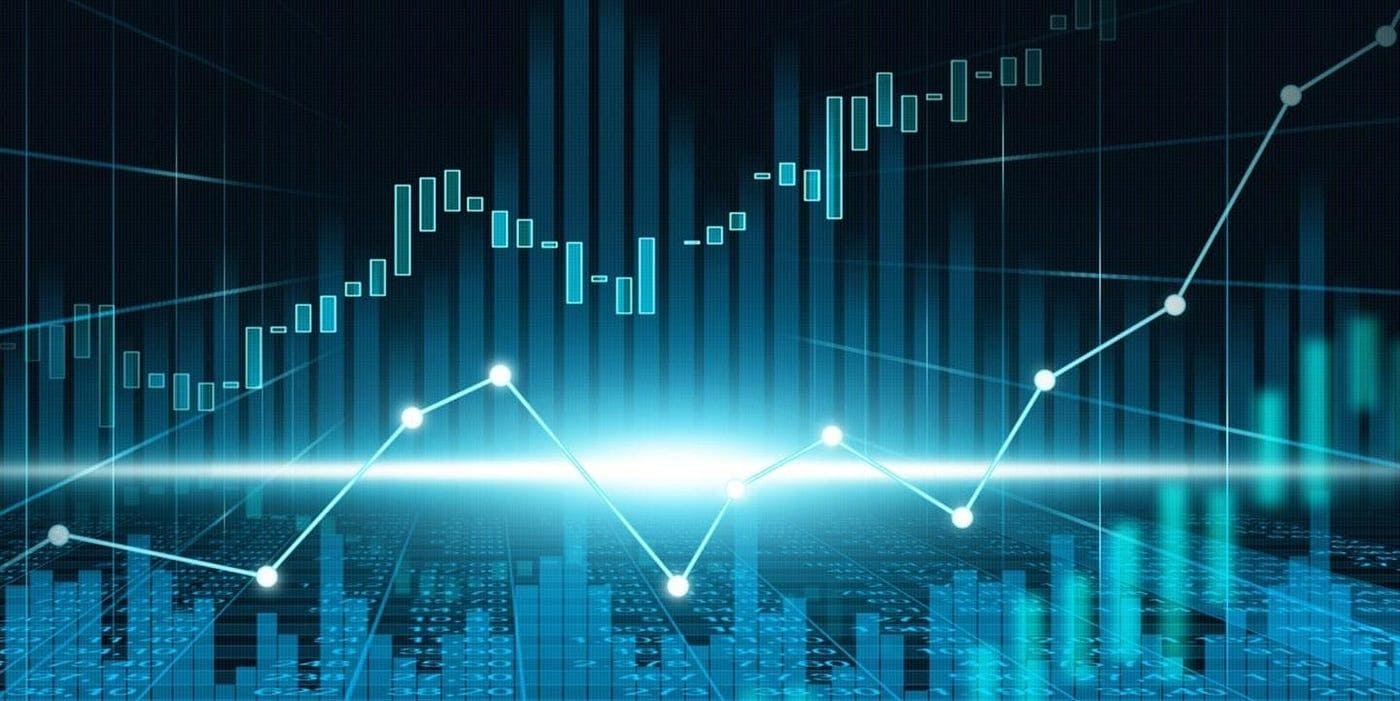Automated Trading: Enhancing Market Operations
- Home
- Automated Trading: Enhancing Market Operations

Automated Trading: Enhancing Market Operations
- Davy De Vos
Automated Trading: A New Era for Market Operations 🚀
The landscape of financial markets has undergone a profound transformation over the past few decades, driven largely by technological advancements. Historically, market operations were characterized by manual order placement and human interaction on exchange floors. This traditional approach, while foundational, presented inherent limitations in terms of speed, scale, and efficiency. The advent of digital platforms began to lay the groundwork for a more automated future, fundamentally reshaping how assets are bought and sold. This evolution set the stage for the sophisticated systems we see today, making the concept of high-speed trading a reality for countless participants.
Early explorations into automation involved simple rule-based programs designed to execute orders based on predefined conditions. These nascent systems, often referred to as a basic trading robot, represented a significant departure from purely human-driven processes. Researchers and market practitioners quickly recognized the potential for these tools to manage larger volumes of transactions and respond to market shifts with unparalleled speed. This initial phase of development focused on translating human strategies into executable code, paving the way for more complex algorithms and computational approaches in market engagement.
As computational power grew and connectivity improved, the scope of automated systems expanded dramatically. The limitations of manual execution — such as latency, human error, and capacity constraints — became increasingly apparent in a rapidly globalizing market. This spurred intensive research into more advanced forms of automatic trading, aiming to not only replicate but enhance human decision-making processes. The goal was to create systems capable of analyzing vast datasets in real-time and executing strategies with precision and consistency, far beyond human capabilities.
The progression from simple scripts to intelligent algorithms marked a pivotal shift, moving towards sophisticated frameworks that could adapt and learn. This era saw the rise of dedicated software designed for auto trading, capable of integrating complex analytical models and executing trades across multiple venues simultaneously. This background research underscored the immense potential for technology to not just support, but actively drive market operations, leading to unprecedented levels of efficiency and connectivity across global financial ecosystems. Digitrexmony actively contributes to this evolving technological frontier.
Key Observations from Market Automation Literature 📈
- The integration of automated systems has demonstrably improved market efficiency, primarily through significantly faster order execution and reduced transaction costs across various asset classes.
- Algorithmic strategies play a crucial role in managing large order flows, providing essential liquidity and ensuring smoother price transitions, especially during periods of high market activity.
- Increased automation has contributed to tighter bid-ask spreads, benefiting market participants by offering more competitive pricing and reducing the cost of market entry and exit.
Analyzing the Impact and Future Directions 💡
The profound impact of high-frequency algo trading on market microstructure is a subject of ongoing analysis. These systems, operating at speeds imperceptible to humans, have redefined price discovery and order book formation. While enhancing liquidity, their role in amplifying volatility during stress events remains contentious, prompting continuous debate among regulators.
A significant discussion revolves around the fairness and accessibility of these advanced trading tools. Large institutional players, with substantial investments in infrastructure and proprietary algorithms, often possess an advantage over smaller participants. This disparity raises questions about market equity, necessitating careful consideration of regulatory frameworks.
The role of automated systems in periods of extreme market fluctuation, often termed "flash crashes," has been extensively scrutinized. While not always the sole cause, the rapid, cascading effects of algorithmic reactions can exacerbate market movements. Understanding intricate feedback loops within these systems is paramount to mitigating such events.
Continuous innovation, particularly in artificial intelligence and machine learning, is pushing the boundaries of what automated trading systems can achieve. New algorithms are developed to identify subtle patterns, adapt to changing market conditions, and predict potential shifts with greater accuracy. This evolution promises more sophisticated market operations. 
The regulatory landscape continuously evolves to keep pace with rapid advancements in automated trading. Authorities worldwide implement measures aimed at enhancing transparency, reducing systemic vulnerabilities, and ensuring fair market access. These efforts are critical to fostering trust and stability within an increasingly automated financial ecosystem. Digitrexmony supports robust market guidelines.
Looking ahead, the integration of these technologies promises further enhancements in market operations, from improved execution quality to more sophisticated risk management. The challenge lies in harnessing their power responsibly, ensuring that the benefits of automation are widely distributed and potential systemic risks are effectively managed.
Key Outcomes and Applications ✨
- Enhanced operational efficiency for all market participants, enabling faster, more precise execution of strategies and reducing human intervention in routine tasks.
- Improved price discovery mechanisms and overall market resilience, contributing to more stable and transparent financial environments.
- New avenues for quantitative analysis and strategy development, fostering innovation in how market insights are generated and applied, pushing the boundaries of what is possible.
 Digitrexmony
Digitrexmony
Comments 4